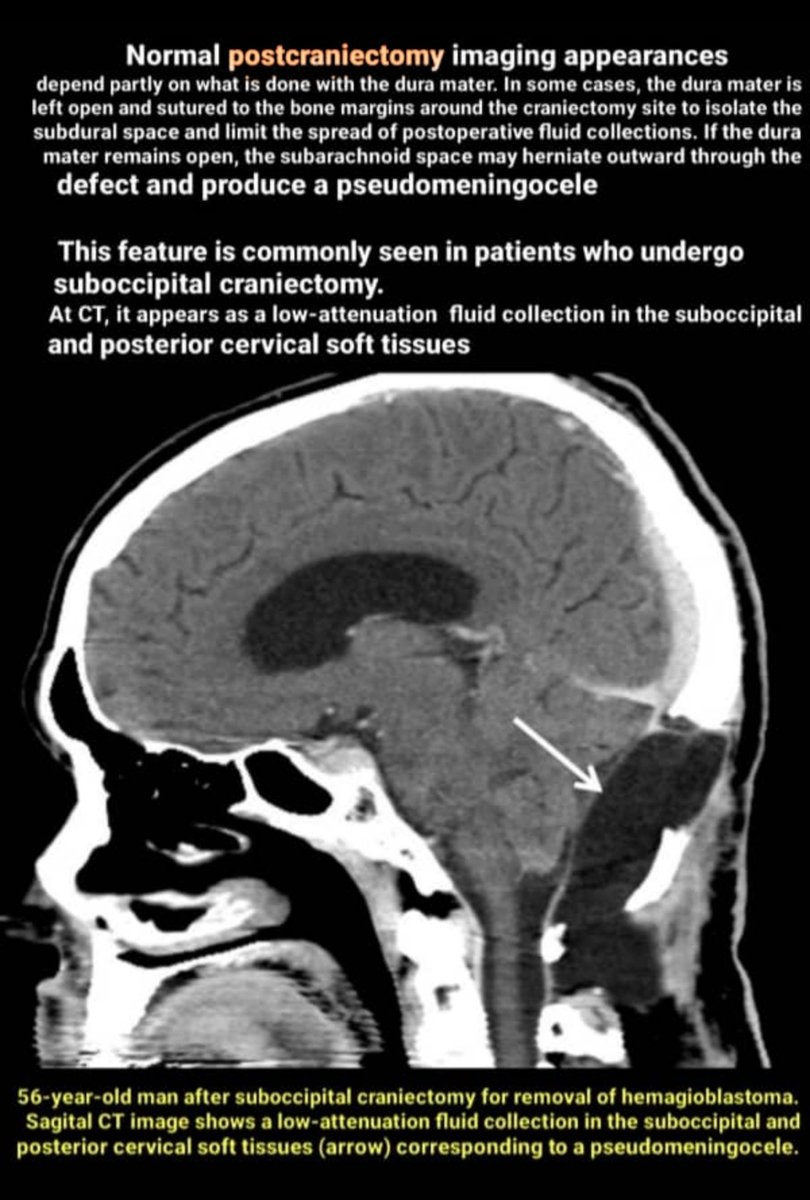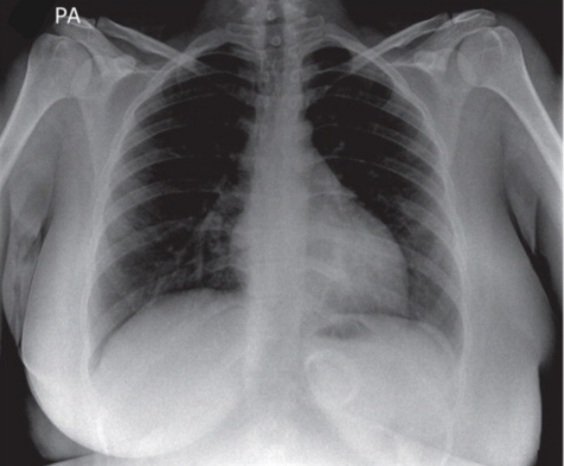These frontal & lateral views belong to a patient with a history of lung cancer which presented with a newly developed dyspnea. Considering the patient’s history and CXR findings,what is the most likely cause of the elevation of the right hemidiaphragm?
#chestrad #radiology
#chestrad #radiology

Hint👉 I wanted to discuss about this subject and I incidentally encountered this case! Honestly speaking it's not complicated case ,but the question is worthy of noticing!
So do you think atelectasis of the R.U lobe is the main culprit?The answer based on many references is Not!
So do you think atelectasis of the R.U lobe is the main culprit?The answer based on many references is Not!
🛑Answer part 1
Phrenic nerve paralysis is a common cause of elevation of one side of the diaphragm.
👉Take home message:
The combination of a lung or mediastinal mass and elevation of the diaphragm strongly suggests phrenic nerve paralysis.
Eventration is a different entity!
Phrenic nerve paralysis is a common cause of elevation of one side of the diaphragm.
👉Take home message:
The combination of a lung or mediastinal mass and elevation of the diaphragm strongly suggests phrenic nerve paralysis.
Eventration is a different entity!
🛑Answer part 2
Paralysis tion can be confirmed by fluoroscopy, which will reveal paradoxic motion of the diaphragm. A sniff accentuates diaphragmatic motion, so is therefore useful in eliciting paradoxic motion.
Paralysis tion can be confirmed by fluoroscopy, which will reveal paradoxic motion of the diaphragm. A sniff accentuates diaphragmatic motion, so is therefore useful in eliciting paradoxic motion.
Answer part 3
Eventration is similar to paralysis but represents an area of weakness &thinning of the diaphragm. There may be motion of the
diaphragm but a smaller excursion between inspiration and expiration. It should NOT entail a paradoxic movement of the diaphragm.
Eventration is similar to paralysis but represents an area of weakness &thinning of the diaphragm. There may be motion of the
diaphragm but a smaller excursion between inspiration and expiration. It should NOT entail a paradoxic movement of the diaphragm.
Part 4 🛑Excellent practical guide related to my tweet about paralysis of the diaphragm. Please click on the link below to learn abnormalities of the diaphragm and practical guide to differentiate them👌 radiologykey.com/diaphragm-4/
• • •
Missing some Tweet in this thread? You can try to
force a refresh




















